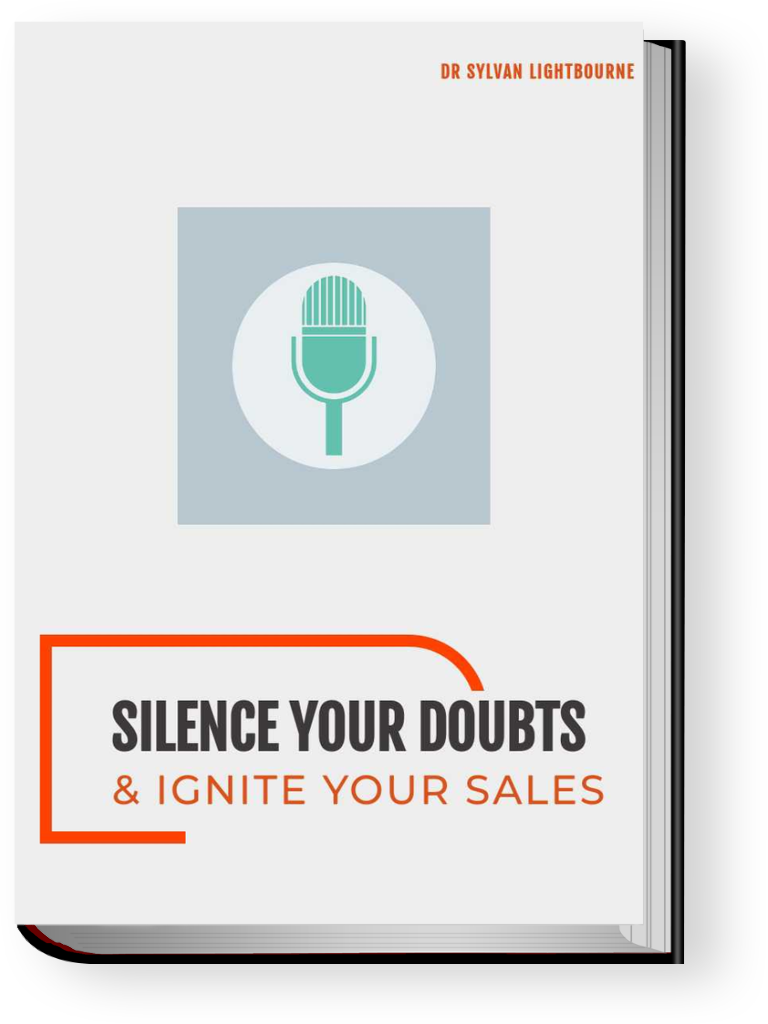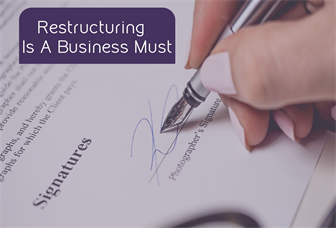
Harness The Power Of Public Speaking: Tips For Creating A Persuasive Speech That Drives Sales
SQI Security Entrepreneur Series 41
Entrepreneurs Must Build Their 1st Sale Via Public Speaking
DON’T FORGET ABOUT YOUR BODY LANGUAGE
The next thing that we need to take a look at is the body language. There are so many things that you are able to communicate through your own body language. You can show confidence and that you are comfortable, but you can also turn it around and make you look nervous for the speech as well. Some of the things that you should remember about your body language during the speech includes:
HOW TO EMPHASIZE YOUR POINT THROUGH YOUR BODY
Open body language is going to be one of the best ways to help you to show the confidence that you would like during the speech. Open body language refers to the stances and gestures that will make you appear more trustworthy and approachable.
Keeping the chest open to your audience is going to show that you are open, or having sts that are not clenched during the presentation. This helps the audience see that you are sincere and interested in establishing a conversation with the other person.
The first thing to look at is your posture. This is so important for helping you look and feel more confident. When you are insecure or even a little nervous, it is normal to want to shrink in on yourself and try to look smaller.
You need to avoid this if possible during the speech. Some of the ways that you can do this is:
- Stand up straight. Slouching looks lazy and makes you appear insecure, which is not a good message during a speech.
- Push the shoulders back a bit and lift the chin. This will prevent you from hunching over and forces the eyes off the floor.
- Own the stage. Moving around allows you to own the space and prevents you looking like you want to run off the stage.
- Try not to stand still behind the podium. This is going to create a barrier between you and the audience.
Your hand movements are important too. They can either help you or hinder you in the process. You can utilize them to put emphasis on some of the important parts of your presentation. Your hand movements need to be able to show trustworthiness and openness as well.
This means avoid the clenched sts and try not to fidget or hold the hands in an awkward manner. One way that you can show that you are honest and sincere is to have the palms out and open. And if you do it right, some of your hand movements can be turned into memory techniques so that others will remember some of the parts of your speech better than before.
And finally, we need to look at facial expressions and your eye contact. These will allow you to show more of your energy and enthusiasm for the audience to be ready for the presentation as well. Some of the steps to help with this include:
- Smile: Smiles are contagious and it is likely that others will smile back. This is something that you should use, at least at the beginning to open up the conversation with others. NB. Know your audience well before using smiling tactics!
- Eye contact: This is a must when you want to present something to others. It will help to acknowledge the person in front of you, shows that you want to build trust with them, and kicks out some of the nervousness that you have.
- Feel emotions: If you feel nervous, you may want to just focus on having a straight face, but this is not going to help at all. It is good to show some emotion during the speech, whether it is sadness, excitement, or even happiness. You just need to practice the best ways to make this stand out.

THINGS TO AVOID
Now that we know some of the great body language skills that you should use to make your presentation better, it is time to learn some of the simple things that you should avoid. These cues are going to be bad for your message, showing that you are nervous or that something else is wrong during the speech. It can even take some of the trustworthiness away if you are not careful. Some of the things that you should avoid with your body language includes:
- Wrong movements of the hand: Using your hands a bit can be helpful to providing a clearer message than before. But if you fidget with them, clasp them, or look nervous, then they will detract from the message too.
- Crossed arms; This is going to show that you are not enthusiastic about the speech. And if you are not excited, then why should anyone in the audience want to listen in the first place.
- Avoiding eye contact: It is not a good idea to stare down at the ground and hope that your speech will go well. Instead, you need to look at the audience, moving around to different members of the audience to help you feel more comfortable.
- Bad posture: Slouching, kicking your legs, bending over, or trying to shrink back into the stage are all examples of bad posture that you can have that will ruin your chances of appearing confident. Learn how to stand up straight with good posture and see what a difference it will make.
- Touching your hair: Do not touch your hair or mess with your clothes or touch your face a bit. This is going to be distracting as you are talking and will show that you are nervous. Try to keep your hands still or practice some of the ways that you can use the hands in a more effective way instead.
- Forgetting to smile: Everyone wants to see your smile. It helps you look more calm and happy and can add a bit of confidence to the speech as well. Plus, it is more likely that someone will smile back at you too, which can give you a little boost as you go.
- Playing with things: When you are nervous, you will often find things to hold onto or mess around with to help you feel better. If you are crumpling up the paper in your hand, or messing with your clothes, this is a sign that you are nervous and can ruin the speech you want to give. Use your hands to share the message if you are worried about what to do with them.

Interested in reading more please click below the ebook front cover below to access the full version of this ebook.

